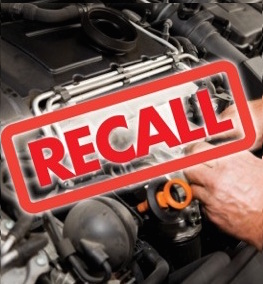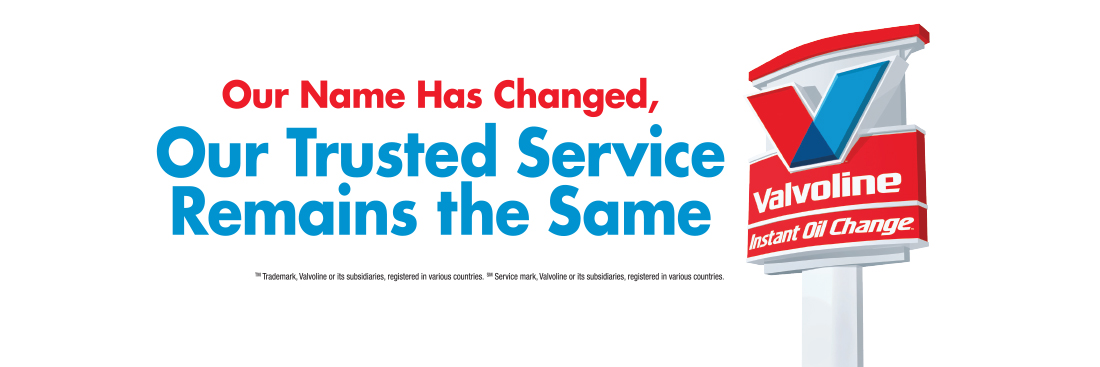 A record 51.26 million vehicle recalls were issued in 2015, led by notices for defective Takata airbags.
A record 51.26 million vehicle recalls were issued in 2015, led by notices for defective Takata airbags.
That number may continue to rise, as industry experts have forecast more frequent and larger auto recalls in the future due to increased scrutiny by federal regulators and an increase in the number of public complaints.
While manufacturers are required to report claims to the government and notify vehicle owners of recalls, that doesn’t always happen as quickly or thoroughly as many would like. The record $105 million fine levied on Fiat Chrylser by the National Highway Traffic Safety Administration (NHTSA) is proof of that.
This leaves vehicle owners asking the questions, How are recalls issued? and What’s the best way to learn if my vehicle has been affected?
Recalls can start one of two ways: They can be initiated by a vehicle company as the result of high warranty claims, customer complaints and/or a flaw found by engineers; or they can be ordered by the NHTSA. Learn more about the recall process with this interactive graphic from Automotive News.
While vehicle manufacturers are expected to inform the owners of affected vehicles, it’s in your best interest to be proactive and keep yourself informed. To that end, the NHTSA offers two resources you can use to learn about recalls and check if your vehicle(s) have been affected:
- The Recalls Look-up by VIN tool enables you to determine if your vehicle has a safety recall issue in the last 15 years that has not been repaired.
- The Recalls & Defects page on the NHTSA website helps you stay on top of recall news by searching recalls issued since the previous day or the start of month. You can also sign-up to receive email alerts for up to five vehicles and learn how to download an app that will notify you if safety issues related to your vehicle(s) are discovered.



